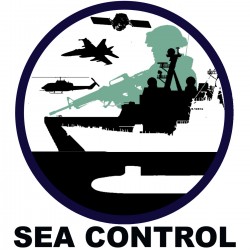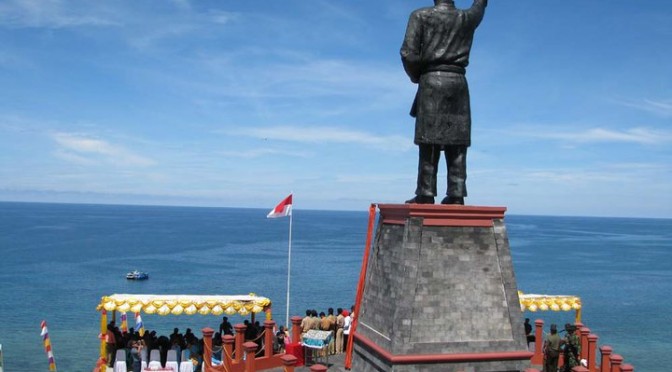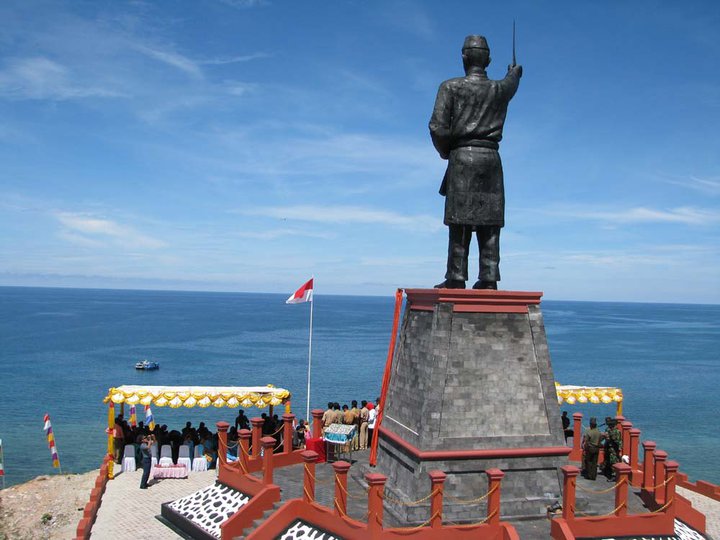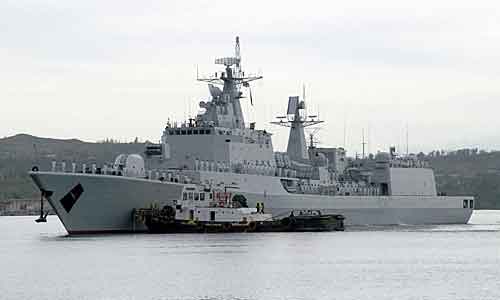The threat of China’s Anti-Access and Area Denial (A2/AD) systems looms large in the minds of U.S. military thinkers and planners. The threat posed to U.S. naval forces by anti-ship ballistic missiles, submarines, and swarms of small combatants are well known to the readers of this blog. Air-Sea Battle, however, will not simply be fought in the air and seas of the Asia-Pacific but in space as well. The Air-Sea Battle Concept recognizes that “all domains will be contested by an adversary—space, cyberspace, air, maritime, and land.” While space is usually thought of as an Air Force domain, the Navy can make an important contribution to ensure the success of U.S. operations.
Space systems are a key source of U.S. military advantage. The United States has been uniquely successful in leveraging satellite communications, space-based intelligence capabilities, and the GPS constellation to enable global power projection and precision strike. This tremendous success has also made the United States particularly vulnerable to attacks on its space assets. Seeking to exploit this vulnerability China has invested heavily in counter-space systems. The potential of China’s counter-space program was illustrated most clearly by its successful test of a direct ascent anti-satellite weapon in 2007, destroying an obsolete Chinese satellite and filling low earth orbit with thousands of pieces of debris.
While the dependence of U.S. forces on space systems is relatively common knowledge, less appreciated is China’s increasing dependence on space to accomplish its own military missions. China uses space assets not to enable global power projection (at least, not yet) but as key parts of its A2/AD kill chain. China is building a maritime reconnaissance-strike complex, much like the one fielded by the Soviet Union during the cold war, including optical and radar imaging satellites as well as electronic intelligence satellites, that will allow it to locate U.S. ships at sea. Weather satellites will also aid China’s over-the-horizon radars tracking U.S. ships in the Western Pacific. Once Chinese satellites locate U.S. carrier groups and other targets, the Beidou satellite constellation, China’s counterpart to GPS, will guide long-range missiles to their targets.
Faced with the threat to important U.S. space assets and the threat from Chinese space assets, what contributions can the Navy make to the Air-Sea Battle fight in space?
The Navy can help mitigate the U.S. dependence on space assets. While current operations are dependent on targeting, navigation, and weather information from space assets, the Navy operated for decades before the first satellite was launched. Relearning how to operate without space assets- navigating and targeting weapons without GPS, for instance- will make U.S. forces more resilient in the face of threats to U.S. space systems. The Navy can also try to reduce its reliance on space systems when acquiring new weapons and platforms. Unmanned aviation, for instance, is a major consumer of satellite communication bandwidth. Finding alternatives to vulnerable satellite communications should be a major part of the Navy’s embrace of unmanned systems for maritime surveillance and carrier operations.
The threat from adversary space surveillance is not a new one. The Soviet Union deployed radar and electronic intelligence satellites to track and guide attacks on U.S. carrier groups as part of its own A2/AD effort. In response, the Navy developed countermeasures and deception tactics to blunt the threat from Soviet satellites. Relearning tactics such as emissions control (EMCON), maneuvering to avoid the orbital path of surveillance satellites, and dispersed formations to confuse tracking and targeting, will improve the chances of U.S. forces surviving Chinese A2/AD systems.
The Navy could also go on the offensive in space. As demonstrated in 2008’s Operation Burnt Frost, the Aegis ballistic missile defense (BMD) system is capable of destroying targets in space. While the Missile Defense Agency called Operation Burnt Frost a “one-time Aegis BMD mission,” any SM-3 equipped Aegis ship with the same software modifications as the USS Lake Erie would be capable of attacking satellites in low earth orbit. Laura Grego, of the Union of Concerned Scientists, describes the 43 Aegis BMD ships and the two Aegis Ashore sites that make up the Phased Adaptive Approach as “the largest destructive ASAT capability ever fielded.” How widely to install the necessary software modifications and how to balance the escort and BMD missions of Aegis ships with their potential counter-space role will be important decisions for the Navy to address in the face of China’s A2/AD challenge.
Air-Sea Battle depends on the success of joint operations in all domains. While space is not a traditional Navy domain, threats from space pose a challenge to naval operations and the Navy possesses unique capabilities to respond to these threats and should be integrated into efforts to address the challenge of contesting the space domain.
Matthew Hallex is a defense analyst who lives and works in northern Virginia. His opinions are his own and do not represent those of his employer or clients.
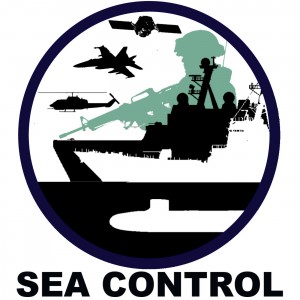 Professor Anthony Clark Arend joins us to discuss International law. We discuss some basic definitions, and their influence on international actors, using the lens of Crimea and the Chinese ADIZ. I also learn later that my mic input has been the crummy laptop mic all month, explaining all my audio quality frustrations. Remember, subscribe on iTunes or Stitcher Stream Radio. Leave a comment and five stars!
Professor Anthony Clark Arend joins us to discuss International law. We discuss some basic definitions, and their influence on international actors, using the lens of Crimea and the Chinese ADIZ. I also learn later that my mic input has been the crummy laptop mic all month, explaining all my audio quality frustrations. Remember, subscribe on iTunes or Stitcher Stream Radio. Leave a comment and five stars!
